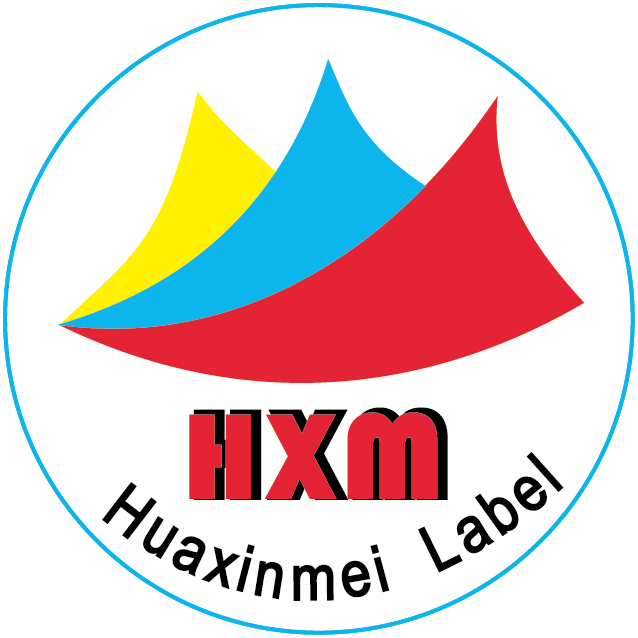Label production is a process carried out by manufacturers after customization to achieve certain goals. How can label production ensure the precision of the production process? We can start from the following details. For example, we can begin with the design, presenting exquisite patterns in the design. From the perspective of production, that is, using advanced machines with high production efficiency to print out exquisite patterns. We can also start with the production management personnel, manage them, and let the staff supervise the production with machines to make the production faster and more efficient.
I. The Role of Identification and Tracking in the Production Process
Raw Material Management
Labels can be used to identify information such as the types, batches, and sources of raw materials. For example, in food production, the labels of raw materials will indicate their origin, harvest date, suppliers, etc. Through these labels, production personnel can ensure that they use raw materials that meet quality standards and use them according to the principle of “first in, first out” to avoid the expiration or deterioration of raw materials affecting product quality. Especially for the use instructions on the labels of some medicines, it is very important. Some people are in the contraindicated group, such as pregnant women, people with high blood pressure, people with diabetes, etc., who are not allowed to take this medicine to avoid unnecessary negative impacts caused by some people taking it. Moreover, some labels have corresponding QR codes, which allow consumers to trace back to the production time and production location of the product, making consumers feel at ease when using the product.

For some products with strict requirements for ingredient proportions, such as chemical products, the ingredient information on the raw material labels helps to accurately mix the raw materials, thus ensuring the precision of the first step in the production process. For the color mixing of label products, strictly following the color mixing ratio can produce label products that meet the needs of customers.
Work-in-Progress Tracking
On the production line, each work-in-progress can be labeled to mark its processing progress, production batch, etc. This enables production managers to clearly understand which stage each product is at in the production process. For example, in the automobile manufacturing process, the body shells undergo stamping, welding, painting and other processes in different workshops. The labels on each body shell can record the completed processes and the upcoming processes to ensure that the production process is completed in sequence and with high quality.
During the production process, strict monitoring should be carried out for each process. We can mark the processing progress to clearly know the production progress, reallocate work arrangements, and rearrange the work for personnel to improve work efficiency.
Labels can also be used to track whether work-in-progress has gone through necessary quality inspection links. If a product does not have the corresponding qualified inspection label, it cannot enter the next production process, thus ensuring that only quality-qualified products can continue to circulate on the production line and improving the overall precision of the production process. The inspection link is an important process for improving quality. During the inspection process, defective products of labels can be found and those defective products can be removed to keep the quality consistent.

Finished Product Identification
The labels of finished products contain important information such as product specifications, models, production dates, etc. This helps to ensure that products are handled in the correct way during product packaging and transportation. For example, the labels of finished electronic products will indicate the applicable voltage range, operating environment, etc. Warehouse personnel and transportation personnel can take appropriate packaging materials and transportation conditions according to this information to avoid damage to products during storage and transportation and ensure that products reach consumers in the best condition.
II. The Role in Quality Control
Prompting Quality Standards
Labels can be used as a prompting tool for quality standards. Labels can be pasted on production equipment, tools or workbenches, indicating operation specifications, quality requirements and other contents. For example, in a machining workshop, the labels beside the machine tools will list in detail quality standards such as the dimensional tolerance range and surface roughness requirements for the parts processed by the machine tools. Operators can refer to these labels at any time during the work process to ensure that their operations meet the quality requirements and thus achieve a precise production process.
Identifying Nonconforming Products
Once nonconforming products are found, they can be isolated and classified by pasting special nonconforming product labels. The labels will indicate the reasons for nonconformance, such as inconsistent dimensions, appearance defects, etc. This helps quality management personnel analyze problems, trace back to the defective links in the production process, take targeted improvement measures to prevent similar problems from happening again, and then optimize the production process.
Regarding the identification of nonconforming products, classify them to see whether qualified products can be produced after secondary processing of the products to avoid waste.

III. The Role in Staff Training and Communication
Operation Guidance
Labels can be used as a way of providing operation guidance for employees. For new employees or those who are not familiar with certain operation processes, the labels around equipment, tools or work areas can provide simple and clear operation guidelines. For example, in the production workshop of a pharmaceutical factory, the labels on various instruments and equipment will explain the startup steps, cleaning procedures, parameter settings and other contents to help employees operate the equipment correctly and avoid affecting the precision of the production process due to operation errors.
Information Sharing
Labels can also be used to share production-related information among different departments or employees. For example, when the R&D department conducts trial production of new products, it will paste labels on samples and related documents, indicating special production requirements or precautions. These labels can accurately convey the intentions of the R&D department to the production department employees, so that the production process can be carried out according to the precise process requirements designed by the R&D department.


